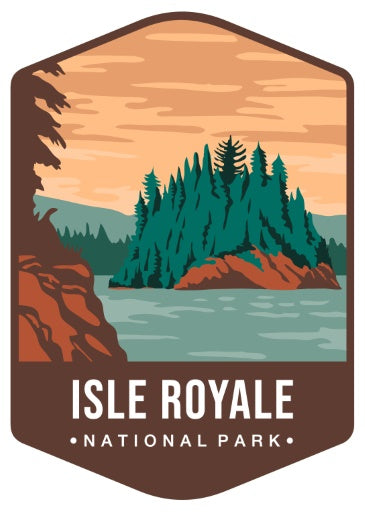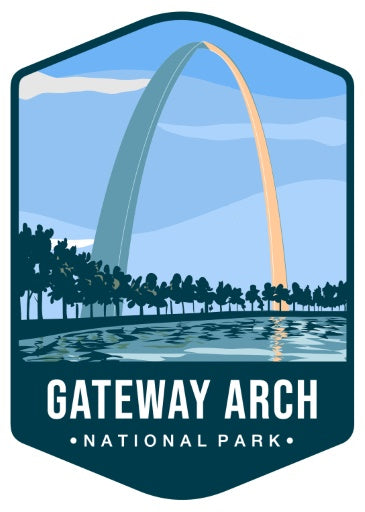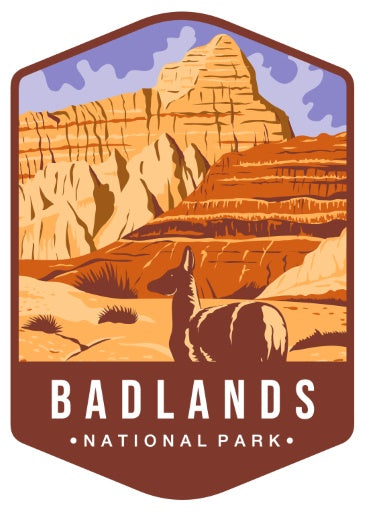WUDN
March-2024
Exploring the Great Outdoors: 5 Must-Visit Features of Every National Park in the United States
WUDN Outdoor Adventure (National Park Series)

Part 01 of Our National Park Series
Crater Lake National Park
National Park Series > Pacific Northwest > Crater Lake National Park
Back to the Table of Contents
Nestled in the Cascade Mountains of southern Oregon, Crater Lake National Park is a geological marvel and a testament to the raw power of nature. At its heart lies Crater Lake, a pristine body of water renowned for its striking blue hue and breathtaking clarity. Formed over 7,000 years ago by the collapse of Mount Mazama, Crater Lake is the deepest lake in the United States and one of the clearest lakes in the world.
Surrounded by towering cliffs and old-growth forests, Crater Lake captivates visitors with its serene beauty and otherworldly landscapes.
The park offers a variety of outdoor activities, from hiking and wildlife viewing to scenic drives and boat tours, allowing visitors to immerse themselves in the natural splendor of this unique destination.
Whether you're marveling at the panoramic views from Rim Drive, embarking on a trek along the park's pristine trails, or simply taking in the awe-inspiring sights from the shores of Crater Lake, a visit to Crater Lake National Park promises an unforgettable experience in one of Oregon's most iconic natural wonders.
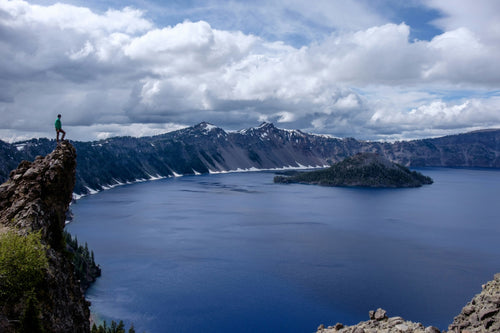
Top 5 Outdoor Adventures in: Crater Lake National Park
01. Rim Drive Scenic Byway:
Embark on a journey along the iconic Rim Drive Scenic Byway and discover breathtaking views of Crater Lake from every angle. Meandering for 33 miles around the rim of the caldera, this scenic road offers countless opportunities to pull over and admire the azure waters below. Be sure to stop at iconic viewpoints such as Watchman Overlook and Discovery Point for panoramic vistas of the lake and surrounding peaks.
02. Boat Tours and Kayaking:
Experience the pristine beauty of Crater Lake up close with a guided boat tour or kayaking adventure. Cruise across the crystal-clear waters to Wizard Island, a cinder cone rising from the lake's depths, and explore its rugged shoreline on foot. Or paddle your way along the tranquil waters of the lake's rim and soak in the awe-inspiring scenery from a new perspective.
03. Hiking to Vantage Points:
Lace up your hiking boots and hit the trails to discover some of Crater Lake's most iconic vantage points. Trek to the summit of Mount Scott, the park's highest peak, for unrivaled views of the lake and surrounding Cascade Range. Or embark on the Cleetwood Cove Trail, the only trail that leads down to the lake's shoreline, for a refreshing dip in the cool, clear waters.
04. Snowshoeing and Cross-Country Skiing:
Winter transforms Crater Lake National Park into a snowy wonderland, perfect for snowshoeing and cross-country skiing adventures. Explore the park's groomed trails or strike out on your own to discover pristine meadows, icy waterfalls, and snow-covered forests blanketed in silence. With the lake's vibrant blue waters as a backdrop, it's a winter wonderland like no other.
05. Star Gazing and Astrophotography:
Escape the glare of city lights and marvel at the celestial wonders above with a night of stargazing in Crater Lake National Park. The park's remote location and high elevation make it an ideal spot for observing the night sky, with clear, dark skies that offer unparalleled views of the Milky Way and countless stars. Bring a telescope or camera and capture stunning images of distant galaxies, nebulae, and constellations against the backdrop of the lake's shimmering waters.
How to Get There
Getting to Crater Lake National Park involves several transportation options depending on your starting point:
1. By Car: Driving is the most common and convenient way to reach Crater Lake National Park. The park is located in southern Oregon, about 60 miles north of the city of Klamath Falls and 80 miles northeast of the city of Medford. The main entrance to the park is accessible via Oregon Route 62 (also known as Crater Lake Highway) from the north and Oregon Route 230 from the south. From these highways, follow signs for the park's entrance and visitor center.
2. By Air: The nearest major airports to Crater Lake are located in Medford, Oregon (Rogue Valley International-Medford Airport - MFR) and Klamath Falls, Oregon (Klamath Falls Airport - LMT). From these airports, you can rent a car and drive to the park. Medford is the most commonly used airport, located about 90 miles southwest of the park.
3. By Bus: Some tour companies offer guided bus tours to Crater Lake National Park from nearby cities and towns. These tours typically include transportation to and from the park, as well as guided activities and sightseeing opportunities. If you prefer not to drive yourself, joining a guided bus tour can be a convenient way to explore the park.
Once you've arrived at Crater Lake National Park, you can explore its attractions and landmarks by car, on foot, or by guided tour. Be sure to check park regulations, road conditions, and weather forecasts before you go, and come prepared with appropriate clothing, footwear, and supplies for your outdoor adventures in this stunning natural wonder.
History and Creation of Crater Lake National Park: A Geological Marvel
Crater Lake, located in southern Oregon, is a geological wonder that has captivated visitors for centuries. The lake fills the caldera of Mount Mazama, a stratovolcano that collapsed during a massive eruption approximately 7,700 years ago. The cataclysmic event left behind a deep basin, which gradually filled with rain and snowmelt to form the stunningly clear and intensely blue waters of Crater Lake.
Native American Connection:
For thousands of years, indigenous peoples such as the Klamath Tribe inhabited the region surrounding Crater Lake. They regarded the lake as a sacred place and incorporated it into their cultural and spiritual practices. The Klamath people have their own rich oral traditions and legends about the formation of Crater Lake, adding to the mystique and reverence surrounding this natural wonder.
European Exploration:
The first recorded sighting of Crater Lake by European explorers occurred in 1853 when a party of gold prospectors led by John Wesley Hillman stumbled upon the lake while searching for a route through the Cascade Mountains. Their discovery sparked interest among scientists and adventurers, leading to further exploration and study of the area.
Creation of the National Park:
In 1885, William Gladstone Steel, a young journalist and nature enthusiast, became enamored with Crater Lake after seeing a photograph of the lake. Determined to preserve this natural wonder for future generations, Steel spearheaded a campaign to establish Crater Lake as a national park. He tirelessly lobbied Congress and enlisted the support of influential figures such as President Theodore Roosevelt.
On May 22, 1902, President Roosevelt signed legislation establishing Crater Lake National Park, making it the fifth national park in the United States. The park was created to protect the unique geological features of the caldera and the surrounding forests, as well as to provide opportunities for outdoor recreation and education.
/Fin. Crater Lake National Park
For tourists planning a trip to Crater Lake National Park, it's important to come prepared with appropriate clothing, footwear, and supplies, especially if hiking or exploring the park's backcountry. Additionally, visitors should be mindful of park regulations and safety guidelines to ensure a safe and enjoyable experience in this geological marvel of the Pacific Northwest.
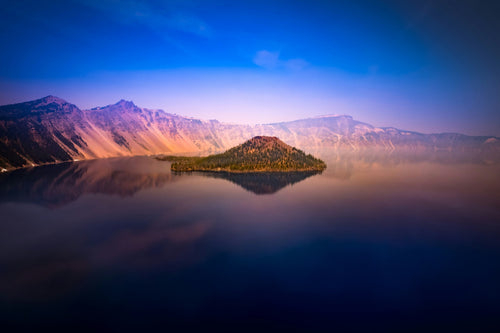
How to Prepare for a Visit to a US National Park
Our top-10 list to get you prepared and a bonus section on Bears!
Read More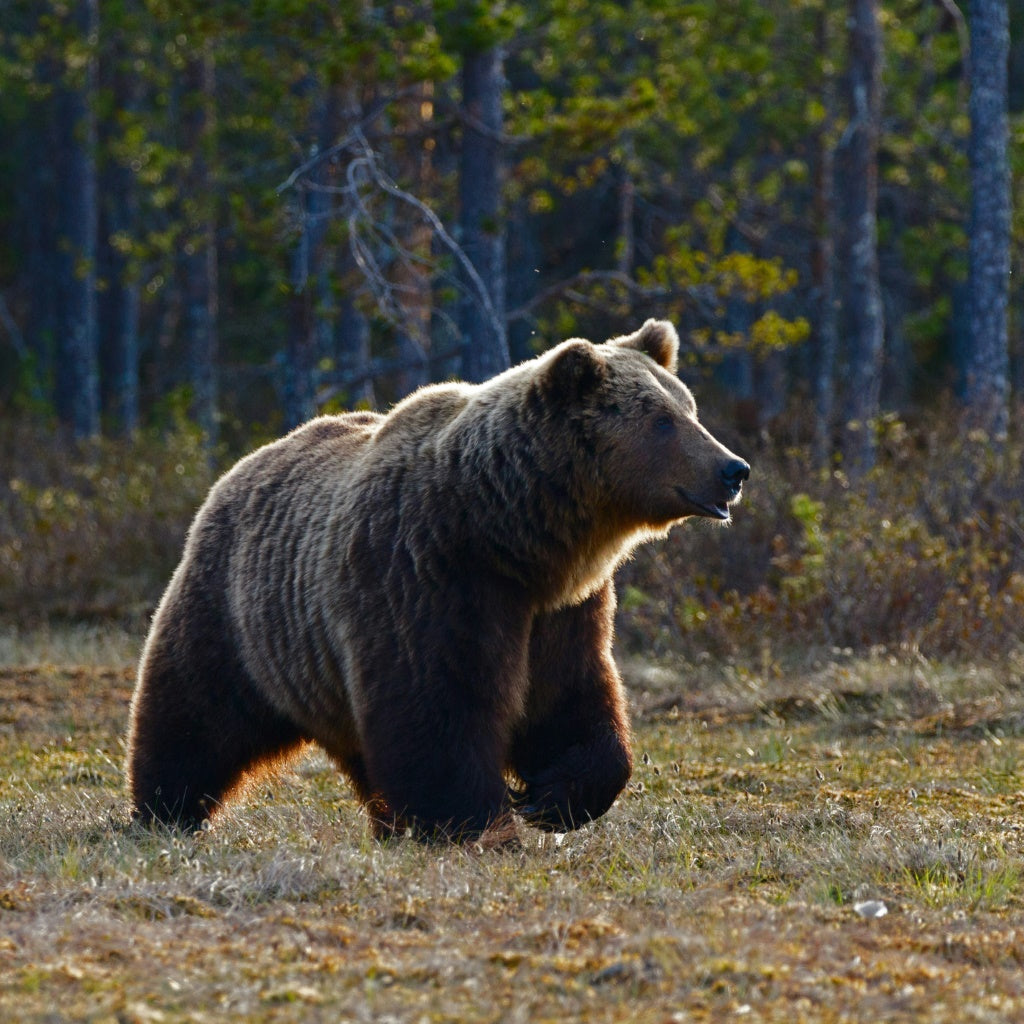
20 Must Have Gadgets for Your Next Outdoor Adventure
Our curated list to keep you safe and productive on your next outdoor adventure.
Read More
About the Author

Jaimeleigh Christian
Jaime is passionate about the outdoors and traveling throughout these gorgeous United States. Especially National Parks in the Pacific Northwest.
Tags
Travel
Outdoor Adventure Series
National Parks
Tour Guide
You May Also Like
Want To Receive More Outdoor Adventures?
Follow us to receive the latest adventures

